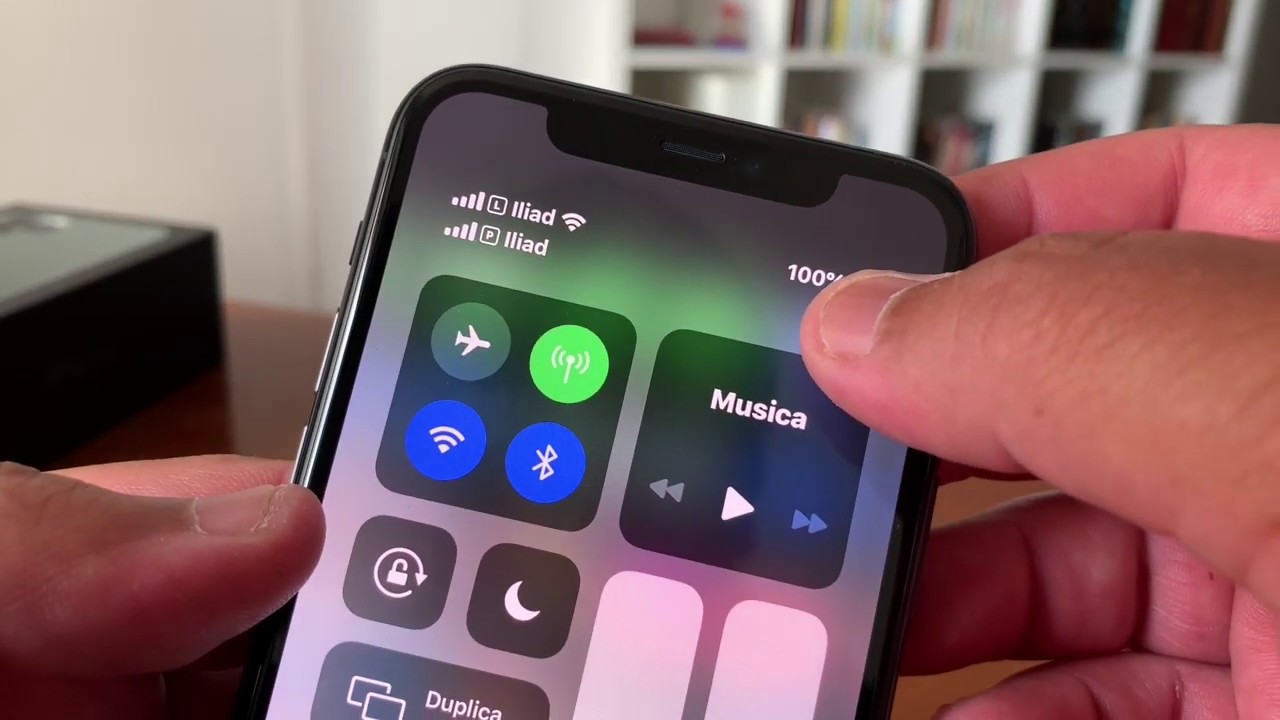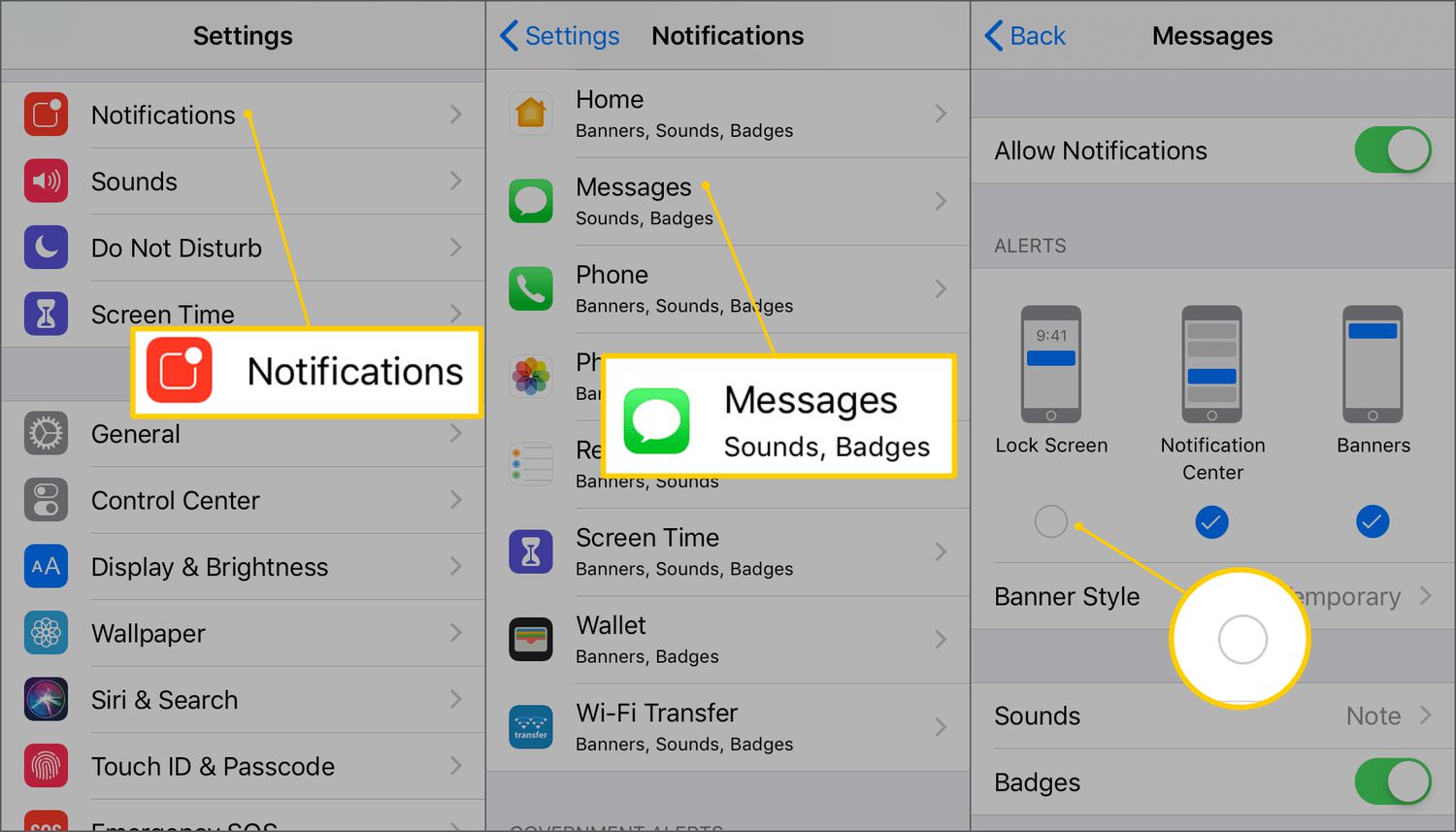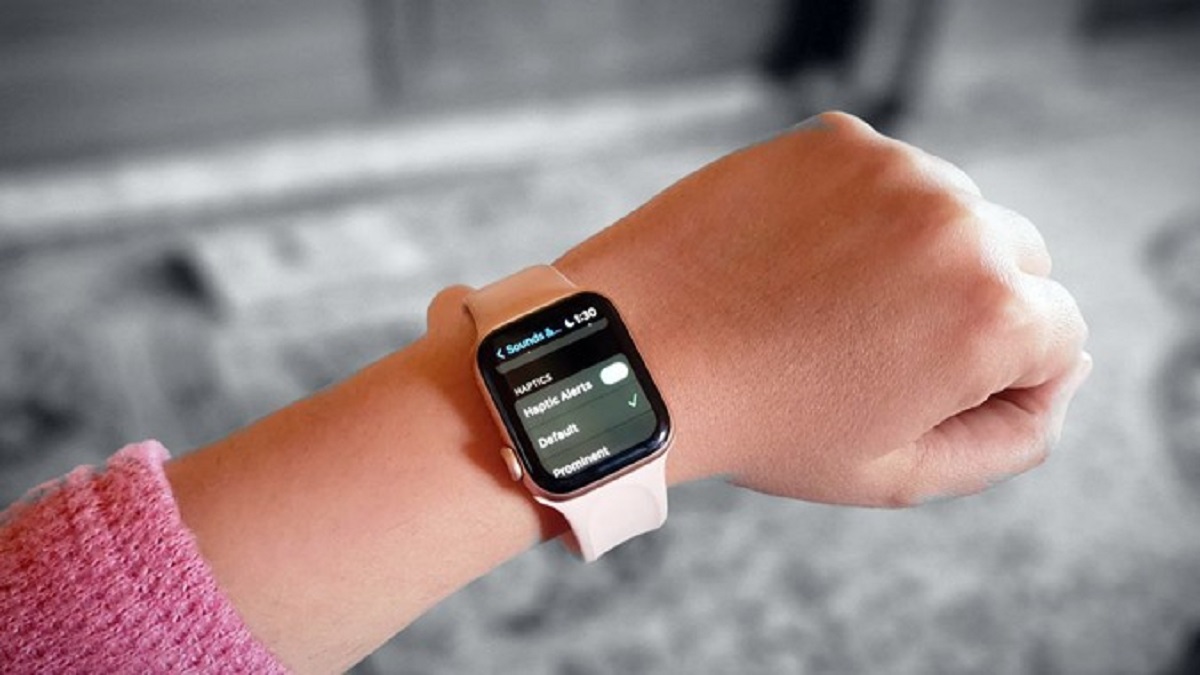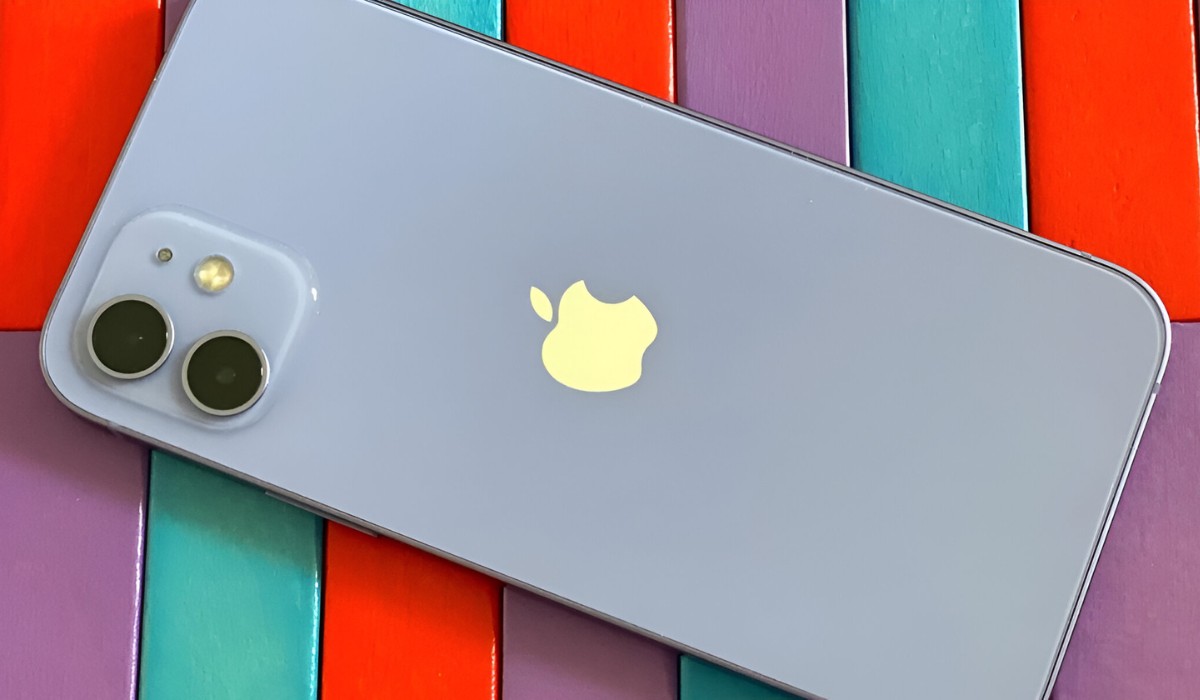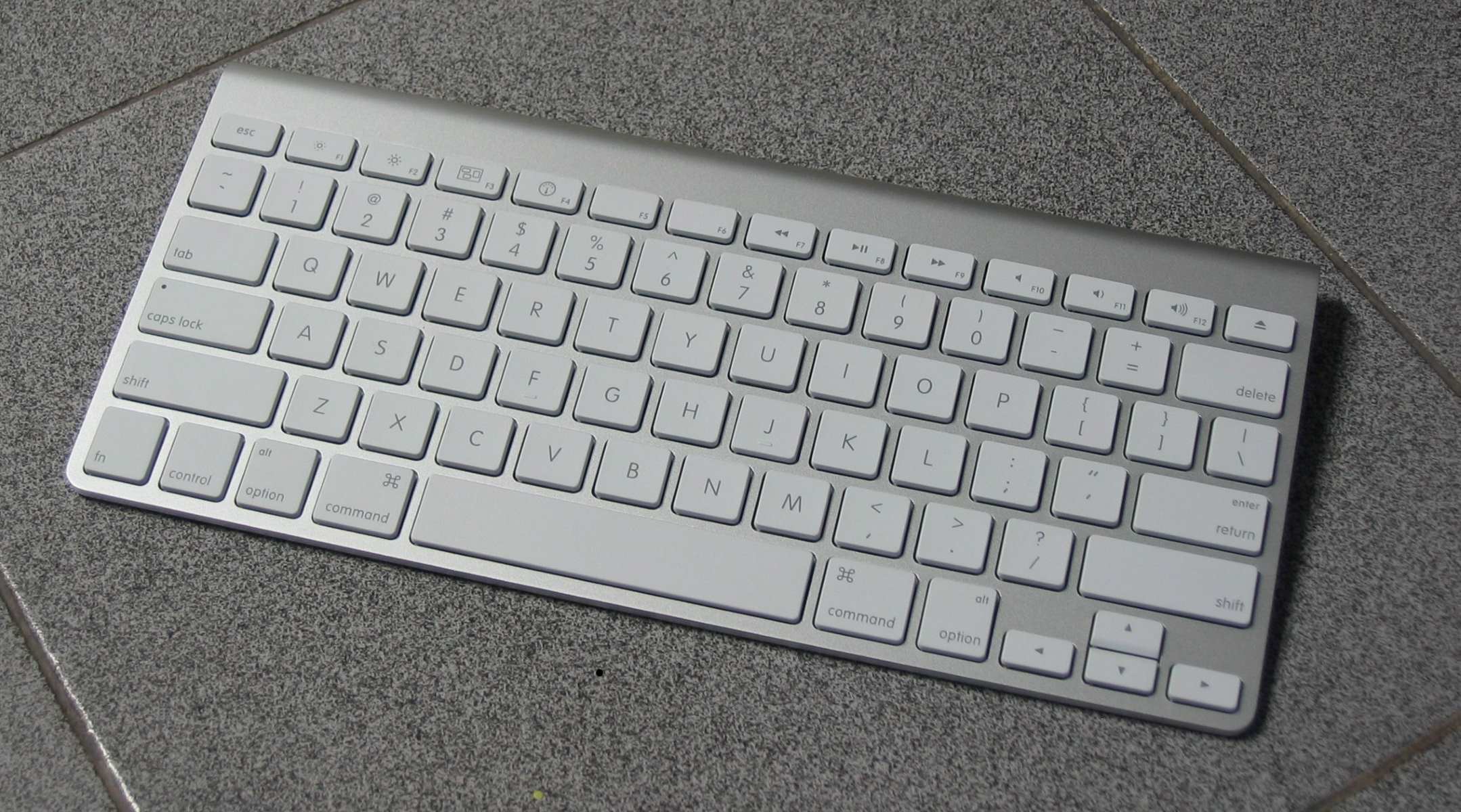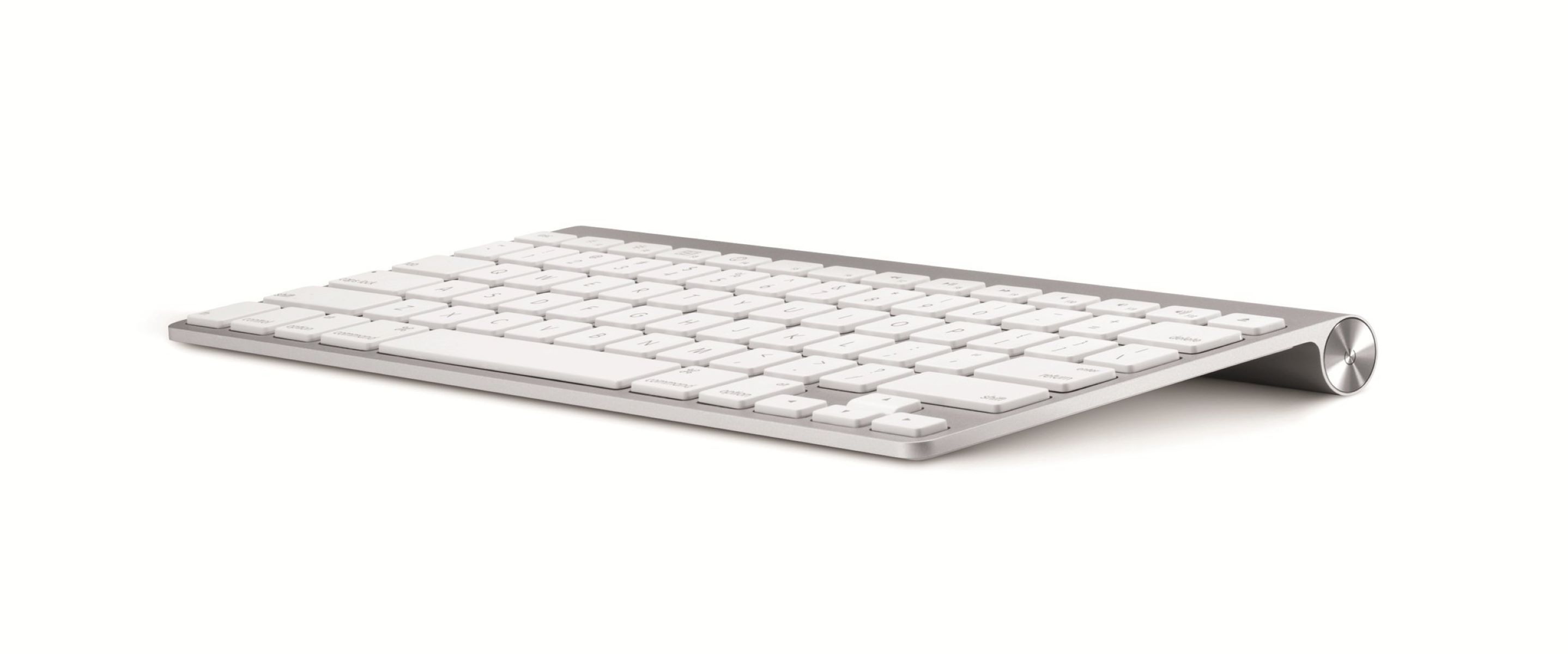Apple has announced the removal of the ring/silent switch, a feature that has been present on the iPhone since its inception in 2007. This change marks the end of the iPhone’s last significant moving part and paves the way for a sleeker, more streamlined design. Instead of the physical switch, Apple is introducing a haptic “action button” that can be customized to perform various functions, such as launching the camera or an assistance feature.
Key Takeaway
Apple’s decision to remove the ring/silent switch from the iPhone reflects changing user habits and priorities. While some may mourn the loss of a physical switch, the introduction of a customizable haptic “action button” offers new opportunities for users. This change is part of Apple’s ongoing commitment to creating sleek, streamlined devices.
The decision to remove the ring/silent switch has prompted mixed reactions. While some see it as a logical step in line with the evolving use of smartphones, others mourn the loss of a hardware feature that provided a sense of certainty and ease. The switch allowed users to quickly toggle between silent and ring modes, ensuring they wouldn’t disrupt meetings or theaters with unexpected sounds.
Changing User Habits and Priorities
In the past, smartphones were primarily used as phones, and the ring/silent switch was a necessity. However, as technology has advanced, the way we use our devices has shifted. We now rely more on visual cues and notifications on our lock screens, making audio cues less significant. For many users, the switch to silent mode was often set once and then forgotten, as the operating system intelligently adjusted sound for media playback.
While the loss of the ring/silent switch may be disappointing for those who appreciate physical interfaces with mechanical certainty, Apple’s introduction of the haptic “action button” offers a new opportunity. This physical button serves as an alternative to on-screen interfaces, providing a tactile experience for users. Although some may miss the reassuring click of the original home button or the distinct movement of the switch, the action button presents a window of possibilities and customization.
The Evolution of iPhone Design
Throughout its history, Apple has made several hardware design changes, some of which have been met with resistance. The removal of TouchID was one such change that sparked controversy, with some users hoping for its return. Similarly, the shift to haptic touchpads in MacBooks was met with mixed reviews, despite the potential benefits for repairs. Even Apple’s attempt to replace the magnetic power connector faced challenges.
Although the removal of the ring/silent switch is a significant departure, it aligns with Apple’s ongoing efforts to create sleeker, more streamlined devices. As the iPhone continues to evolve, it’s likely that other physical buttons will also be replaced with haptic alternatives, ultimately leading to a buttonless design.









